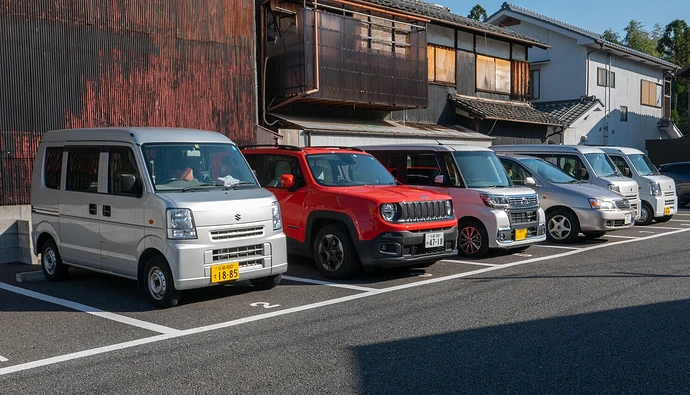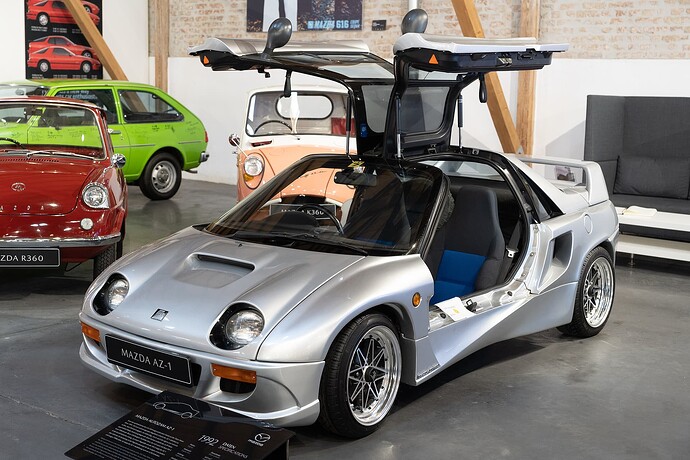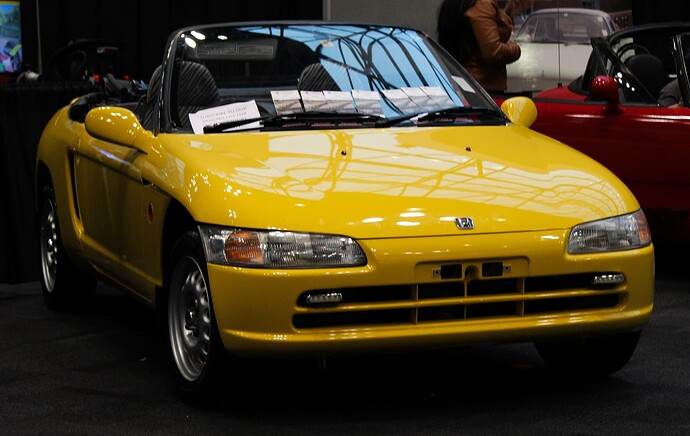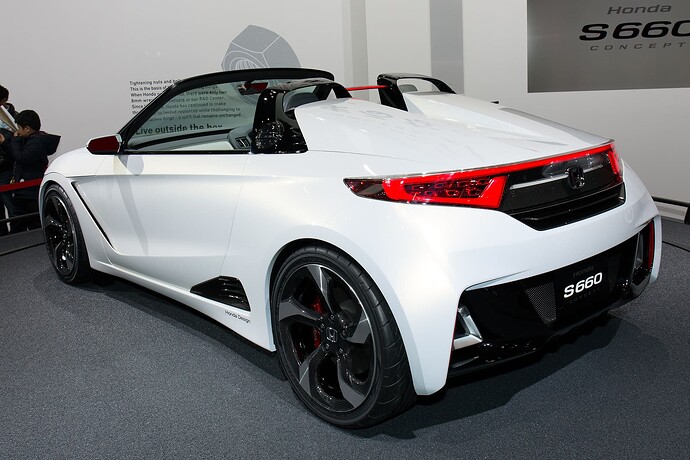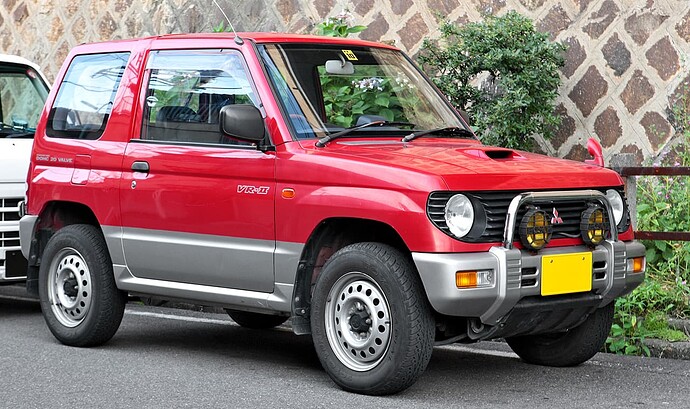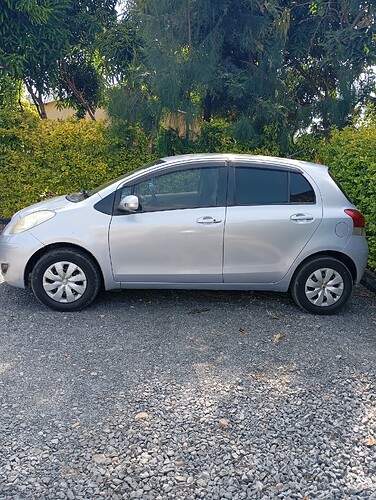Kei car is the smallest category of Japanese expressway-legal motor vehicles . The term kei is a shortening of kei -jidōsha, which translates to English as “light vehicle.
Kei car holds a special place in both Japanese culture and the automotive market. These compact, economical vehicles, which were originally designed to meet Japan’s strict urban driving needs, have evolved into the perfect solution for modern city life. With rising concerns over fuel efficiency, environmental impact, and space constraints, Kei cars are becoming increasingly attractive to urban commuters across the globe.
1. Compact Size for Urban Congestion
One of the defining features of Kei cars is their small size. Originally introduced in the 1940s, these vehicles were designed to provide affordable and practical transportation for post-war Japan. The name “Kei” is short for “Keijidōsha,” which translates to “light automobile.” Kei cars are subject to specific regulations that limit their size to 3.4 meters in length and 1.48 meters in width, making them ideal for navigating the narrow streets and tight parking spaces commonly found in Japan’s bustling cities.
In large metropolitan areas like Tokyo, where space is at a premium, the Kei car has become synonymous with urban efficiency.
2. Fuel Efficiency and Low Emissions
Kei cars are not just small—they’re also incredibly fuel-efficient. With their lightweight construction and small engines (typically no larger than 660cc), these vehicles are designed to maximize fuel economy. Many Kei cars can achieve over 50 miles per gallon (MPG)
3. Affordability and Lower Ownership Costs
Another major appeal of Kei cars is their affordability. In Japan, these vehicles are often favored for their low purchase prices and reduced ownership costs, including lower taxes and insurance premiums. The Japanese government incentivizes the ownership of Kei cars by offering tax breaks and lower registration fees, a policy designed to encourage the use of smaller, more efficient vehicles in densely populated areas.
4. Perfect for Short-Distance Commuting
Urban commuters typically travel shorter distances than their suburban counterparts, and Kei cars are perfectly suited for this kind of driving. These vehicles are designed with city commuting in mind, featuring engines that are optimized for stop-and-go traffic. Kei cars excel in urban environments where frequent stops, lower speed limits, and heavy traffic congestion are the norm. Their small size and nimble handling make them easy to park and navigate through narrow city streets, offering a hassle-free driving experience.
